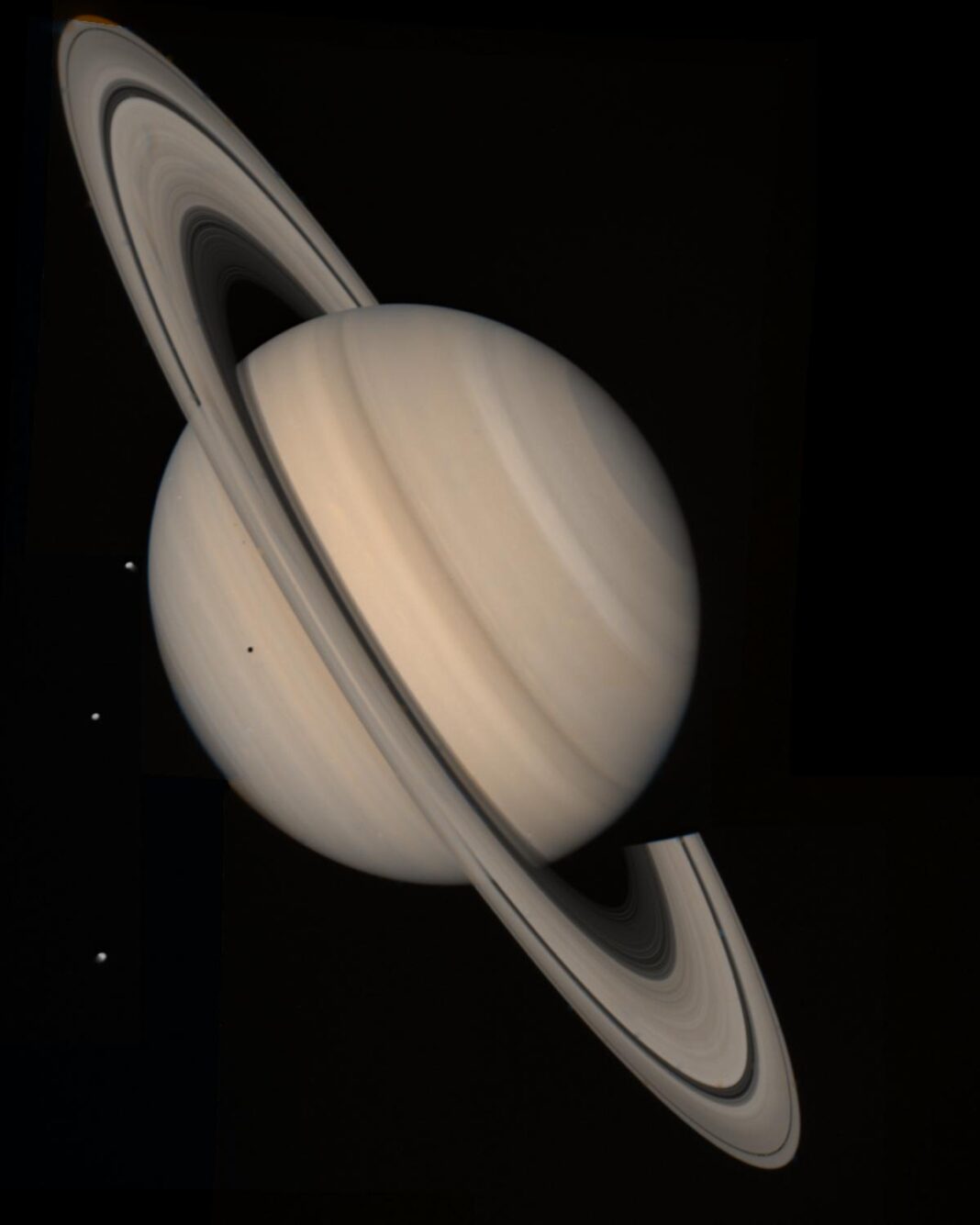(University of Colorado at Boulder) A new study led by physicist Sascha Kempf at the University of Colorado Boulder has delivered evidence that Saturn’s rings are remarkably young — potentially answering a question that has boggled scientists for well over a century.
The research, published May 12 in the journal Science Advances, pegs the age of Saturn’s rings at no more than 400 million years old. That makes the rings much younger than Saturn itself, which is about 4.5 billion years old.
“In a way, we’ve gotten closure on a question that started with James Clerk Maxwell,” said Kempf, associate professor in the Laboratory for Atmospheric and Space Physics (LASP) at CU Boulder.
The researchers arrived at that closure by studying what might seem like an unusual subject: dust.
Kempf explained that tiny grains of rocky material wash through Earth’s solar system on an almost constant basis. In some cases, this flux can leave behind a thin layer of dust on planetary bodies, including on the ice that makes up Saturn’s rings.
In the new study, Kempf and his colleagues set out to put a date on Saturn’s rings by studying how rapidly this layer of dust builds up — a bit like telling how old a house is by running your finger along its surfaces.
“Think about the rings like the carpet in your house,” Kempf said. “If you have a clean carpet laid out, you just have to wait. Dust will settle on your carpet. The same is true for the rings.”
It was an arduous process: From 2004 to 2017, the team used an instrument called the Cosmic Dust Analyzer aboard NASA’s late Cassini spacecraft to analyze specks of dust flying around Saturn. Over those 13 years, the researchers collected just 163 grains that had originated from beyond the planet’s close neighbourhood. But it was enough. Based on their calculations, Saturn’s rings have likely been gathering dust for only a few hundred million years.
The planet’s rings, in other words, are new phenomena, arising (and potentially even disappearing) in what amounts to a blink of an eye in cosmic terms.
“We know approximately how old the rings are, but it doesn’t solve any of our other problems,” Kempf said. “We still don’t know how these rings formed in the first place.”
https://phys.org/news/2023-05-definitive-age-saturn-theyre-young.html


